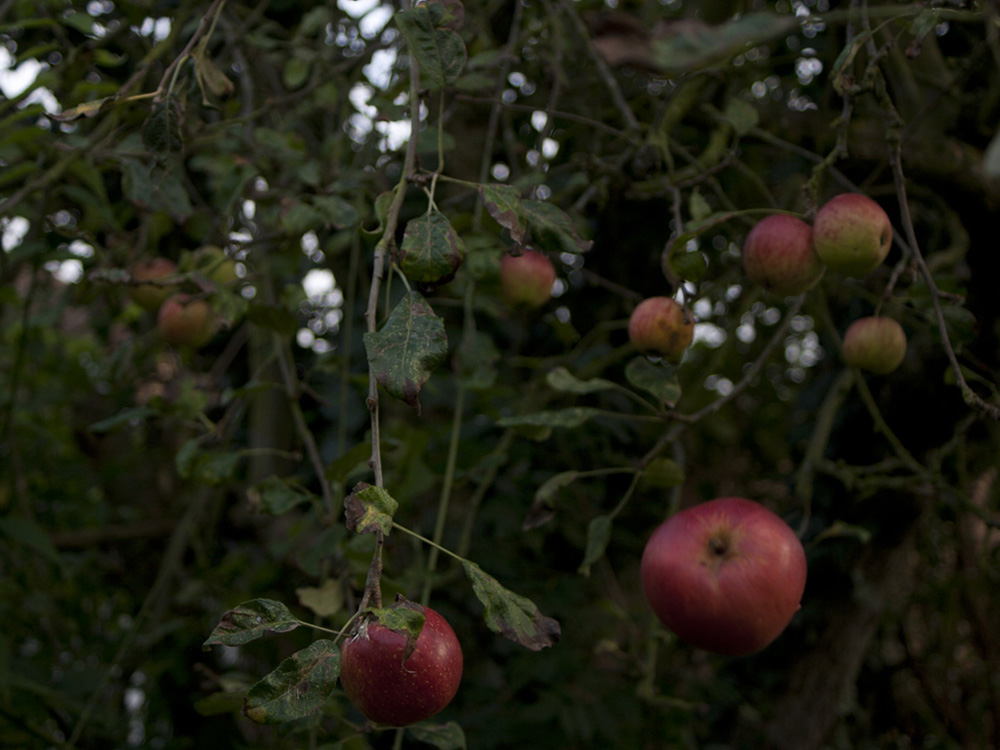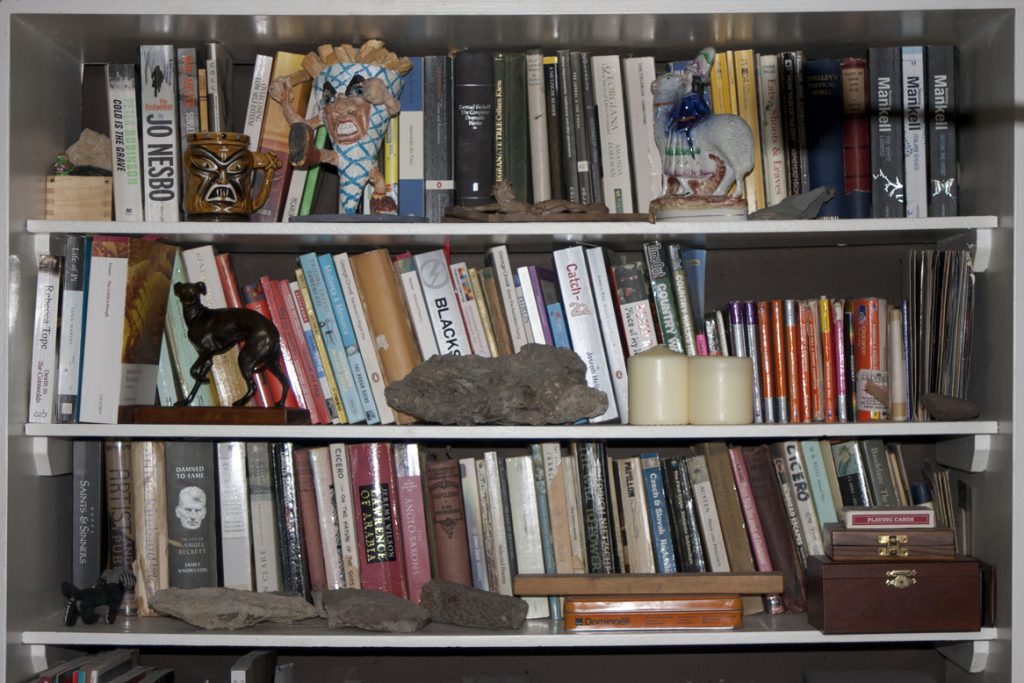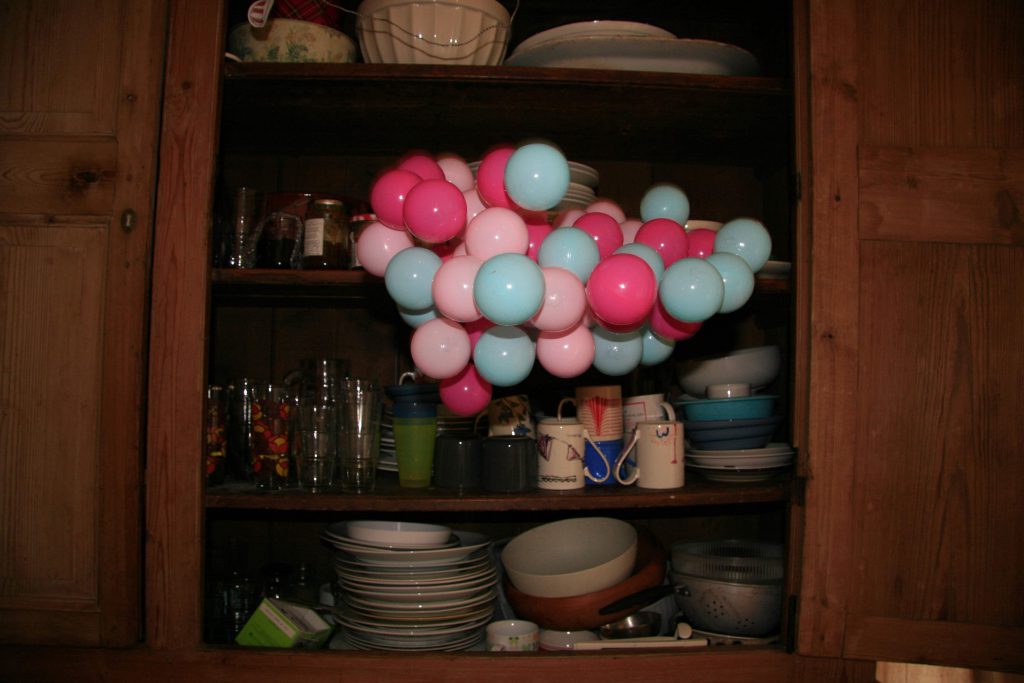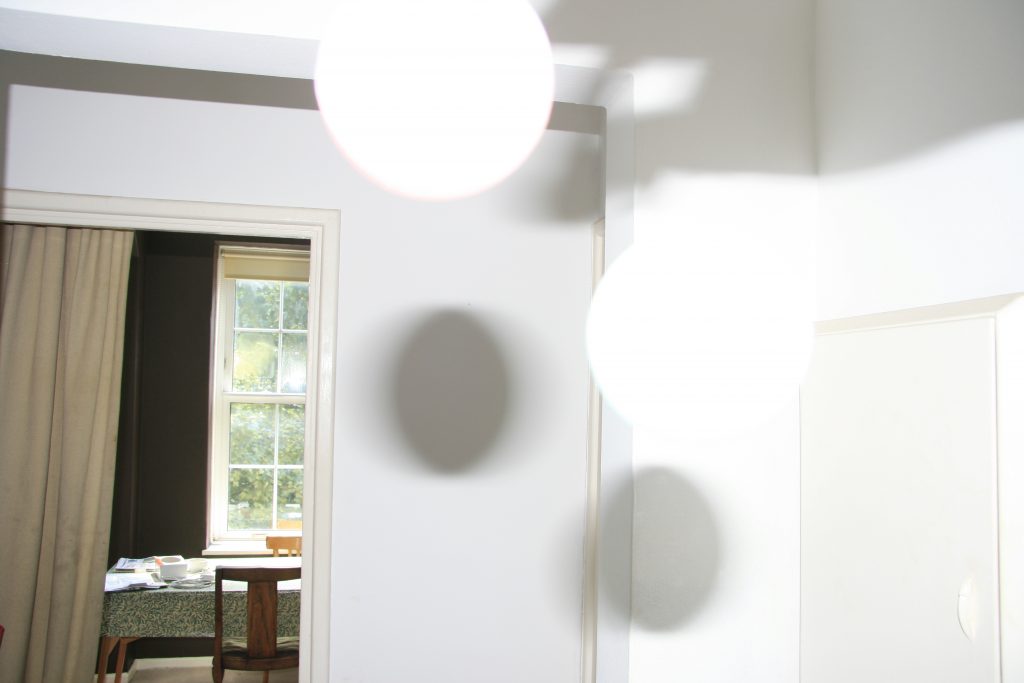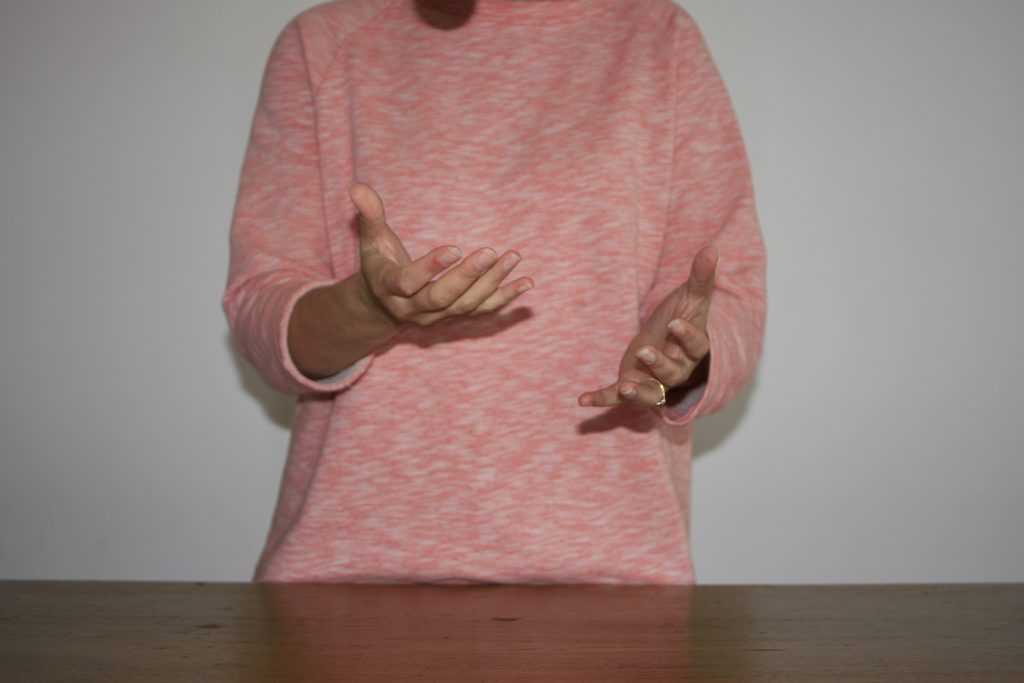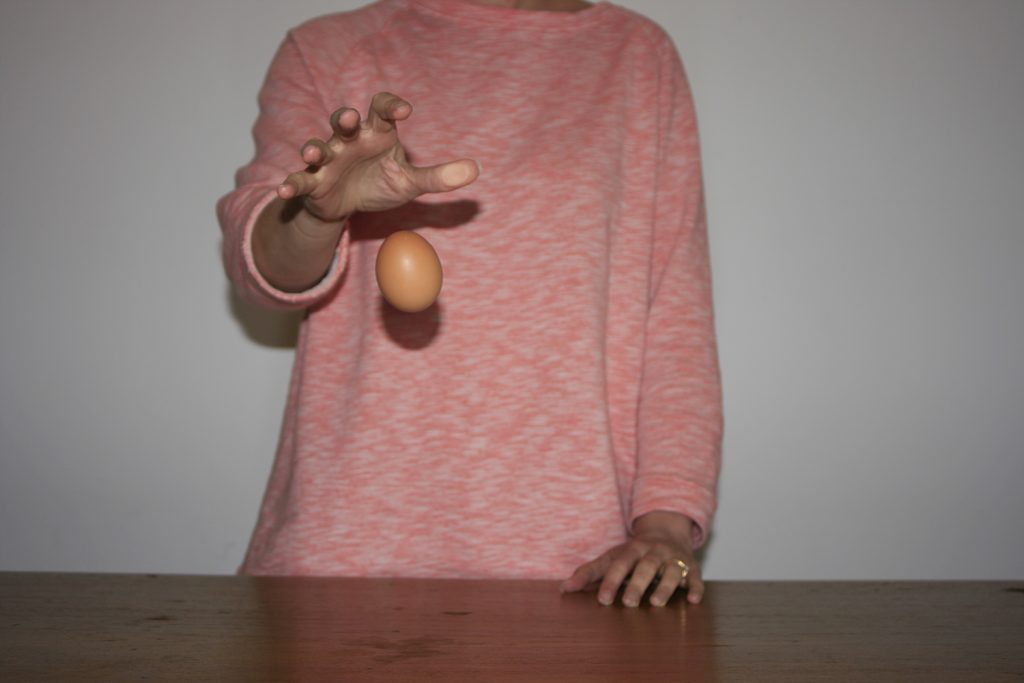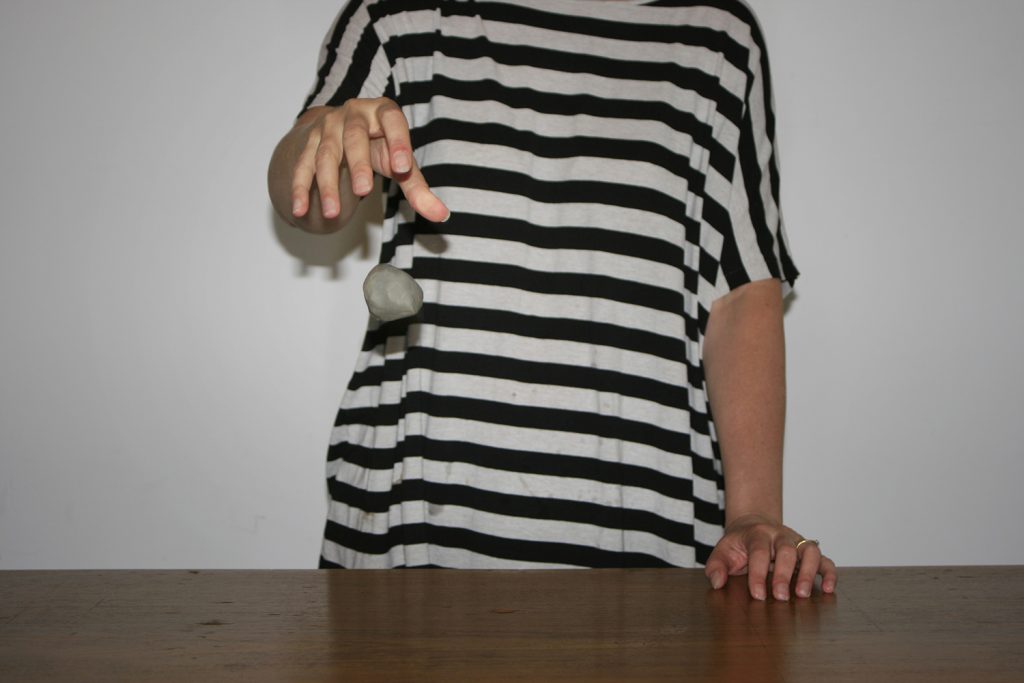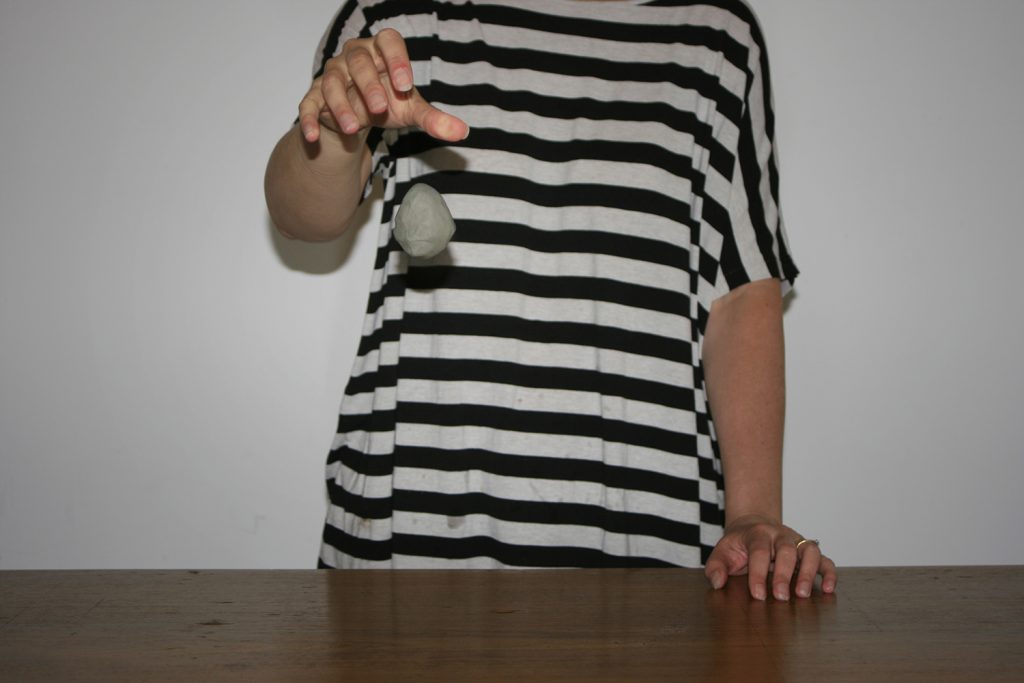The Fall is a body of work developed for a solo show at Campbell Works, London in 2012 supported by a development and production grant from Arts Council England, London. Publication designed by Cameron Leadbetter of Shining Studio.
The exhibition included a room of digital projections – the work Windfall, six photographs on a timed loop, tracking the movement of an apple as it is thrown / falls through the air and takes its own photograph.
See the essay Photographing Apples by Daniel C. Blight – www.varioussmallfires.co.uk
‘The photograph was not taken by a human hand, but rather by a motion detector; triggered by a single, unattached apple moving vertically through the frame…Like other interesting photographs, this one thinks, like all other photographs, this one lies…
…By taking away something in the making of this photograph, we are offered something dead and rotten with no sharp ends. The picture allows us to think politically: to think beyond one human and one response and instead to the wider social function of a particular form of photographic technology as it relates to the authority of images’ Daniel C. Blight

